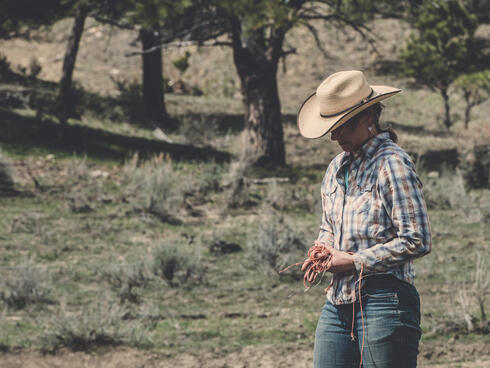Since 2009, the United States has lost 33 million acres of native grassland and wildflower habitats in the Great Plains. In 2021, to combat this loss, WWF launched an exciting three-year partnership with Air Wick® called “One Square Foot.” The partnership’s mission is to reseed 1 billion square feet (~23,000 acres) of previously disturbed grasslands and wildflower habitats in the Northern Great Plains. Wildflowers are not just beautiful: they provide food and shelter for pollinators, grassland birds, and many other species that are native to the region. As large as California and Nevada combined, this short- and mixed-grass prairie is one of only four remaining intact temperate grasslands in the world, which is why restoring it is so critical to our ecosystem. Learn more about WWF’s work in this region.
In 2021, the first year of the partnership, despite ongoing drought conditions across the Northern Great Plains, WWF’s Sustainable Ranching Initiative was able to reseed nearly 51 million square feet of wildflower and grassland habitat. By 2022, the second year of the partnership, the initiative reseeded over 331 million square feet total in the Northern Great Plains.
Our partnership created even greater awareness about the importance of native grasslands and wildflowers through a campaign extension of One Square Foot called the “Super Bloom.” In nature, a Super Bloom occurs when millions of wildflowers bloom at once, carpeting a landscape in color as a response to a period of late winter or early spring rains. WWF and Air Wick® created a Super Bloom by planting one square foot of wildflowers in the Northern Great Plains for every social media post tagged with the #SquareFootSuperBloom hashtag.
In 2023, we aim to reach our goal of reseeding a total of 1 billion square feet of native wildflower and grassland habitat. You can join in too, find out which wildflowers are native to your region of the US and plant your One Square Foot here.

